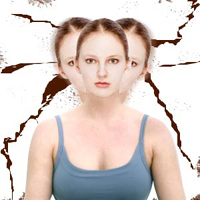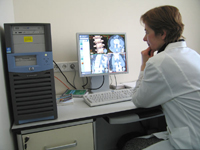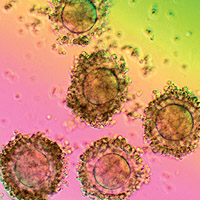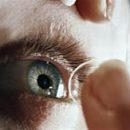What is catatonic arousal? What is a catatonic stupor? What is syndromokinosis? Answers to these questions you will find in the article.
Content
Katatoni?Syndrome? (Katatoni?I) (DR.-Grech. κατατε?νω - stretch, strain) - psychopathological syndrome (group of syndromes), the main clinical manifestation of which motor disorders are. For the first time, catatonia is described by a cowver, as an independent mental illness, subsequently theft attributed to schizophrenia. In the structure of the catatonic syndrome, a catatonic excitation and a catatonic stupor.
What is catatonic arousal
Severe two forms of catatonic excitation:
- Pathetic catatonic excitation is characterized by gradual development, moderate motor and speech excitation. In speech, a lot of pathos may be celebrated Echolalia. The mood is increased, but has no hyperthythmia, but exaltation, periodically marked unless laughter. At the increasing of symptoms, checkefranine traits appear - gamefreno-catatonic excitation. Possible impulsive actions. Consciousness Disorders does not arise.
- Impulsive catatonic excitation develops acutely, the actions are rapid, often cruel and destructive, are socially dangerous. It consists of separate phrases or words, characteristic of echolalia, echopraxia, travelery. With the limiting severity of this type of catatonic excitation of the movement of chaotic, can acquire ferret character, patients are prone to self-injunations, silent.
What is a catatonic stupor
 A catatonic stupor is characterized by a motor insertion, silence, muscle hypertension. In a casual state, patients can be within a few weeks and even months. Violated all types of activity, including instinctive.
A catatonic stupor is characterized by a motor insertion, silence, muscle hypertension. In a casual state, patients can be within a few weeks and even months. Violated all types of activity, including instinctive.
There are three types of catatonic stupor:
- A stupor with wax flexibility (cataleptic stupor) is characterized by the sickness of the patient for a long time in the pose adopted or led him, even very uncomfortable. Without reacting to a loud speech, they can respond to a quiet walking speech, spontaneously dismissed in the conditions of night silence, becoming affordable contact.
- The negativity of the stupor is characterized, along with the motor insertion, constant opposition to a patient with any attempts to change his posture.
- A stupor with a stupor is characterized by the greatest severity of motor inhibition and muscle hypertension. Patients take and long preserve embryoposis, can be observed with a symptom of an air cushion.
What is syndromokinosis
Mutual transitions of one type of stupip are possible in another, paratic excitation to impulsive, although this is rarely observed. Mutual transitions of catatonic excitation into a stupor are possible and on the contrary: the pathetic excitation can be replaced by a cataleptic stupor, impulsive - negative or stupor with a stupor, as well as a stupor can suddenly interrupt the corresponding excitation type.
With a cataleptic stupor, hallucinations can be observed, delusional disorders, sometimes signs of violation of consciousness by type of onairoid. N. Oreiroid catatonia, on the exit of which most of the productive symptoms are amneps. The negative stupor and stupor with a stupor are represented by. N. Lucid (transparent, clean) catatonia, in which there are no productive symptoms, no permanent of consciousness, patients are oriented, realize and remember the surrounding.
Catomiconic syndromes are observed in schizophrenia, infectious, organic and other psychosis. According to two studies, catatonic symptoms are observed in 12-17% of young people with autism.









